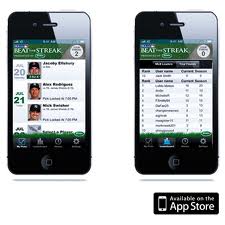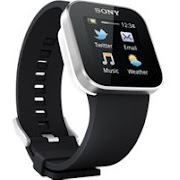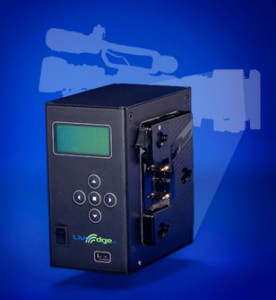A few weeks ago we looked at a number of apps that Major League Baseball has made available to fans, including the ever popular MLB.com AT Bat 12 as well as the recently released At the Ballpark, both of which have been very well received.
What I missed was the app Full Count that delivers streaming content and the fact that the game that fans can participate in to try and break Joe DiMaggio’s all-time consecutive hit streak is not only an app but has a $5.6 million prize, so a short comment on both is worthwhile.
Full Count is an app that was developed in conjunction with Yahoo! Sports and it provides a range of features including up to the minute player and team stats, scores, live look-ins at key plays and in-game progress video highlights.
A user can pause a video and rewind it if they so desire and they can follow an embedded twitter feed that includes ones from analysts, commentators and MLB.com insiders. The program is free and can be accessed on iPads, iPhones and on PCs. This looks to me like the second best thing to watching a game at work.
The second app is called MLB.com Beat the Streak presented by Scotts and it involves an effort by fans to participate, but that have the potential to win a $5.6 million grand prize. To play you pick one or two players from a list supplied by MLB on a daily basis. If your player gets a hit on the first day you have the start of a streak. You keep on selecting for as many days as your players keep you in the game, if you have a day with no hits you are set back to zero, but can start again.
There is no limit to how many times you select any individual player, and you can make selections up to 10 days in advance, a boon to those with weekend duties or travel obligations. The contest ends with the end of the 2012 regular season. The first to reach 57 consecutive games wins.
To play you need to register at www.mlb.com/bts or www.mlb.com/fantasy and then download the app, which is currently for iPhones, iPod Touch and iPads only.
This strikes me as a great way to keep fans not only engaged but actively following all players to ensure that they have a hot hand and pay attention to what pitchers their selected hitters will be facing.












